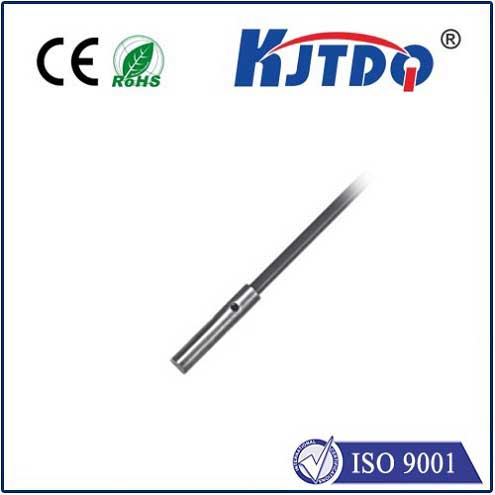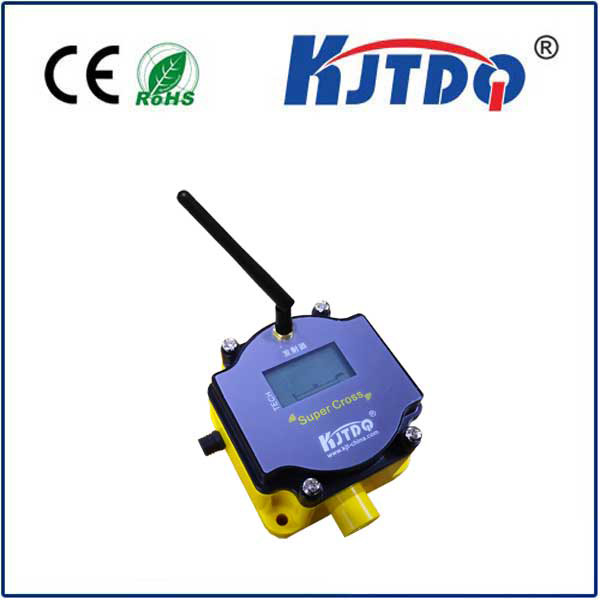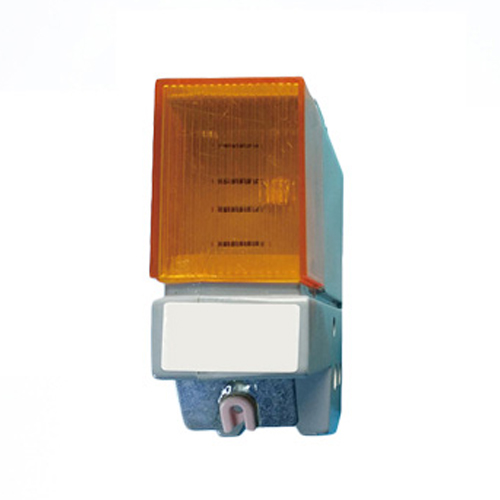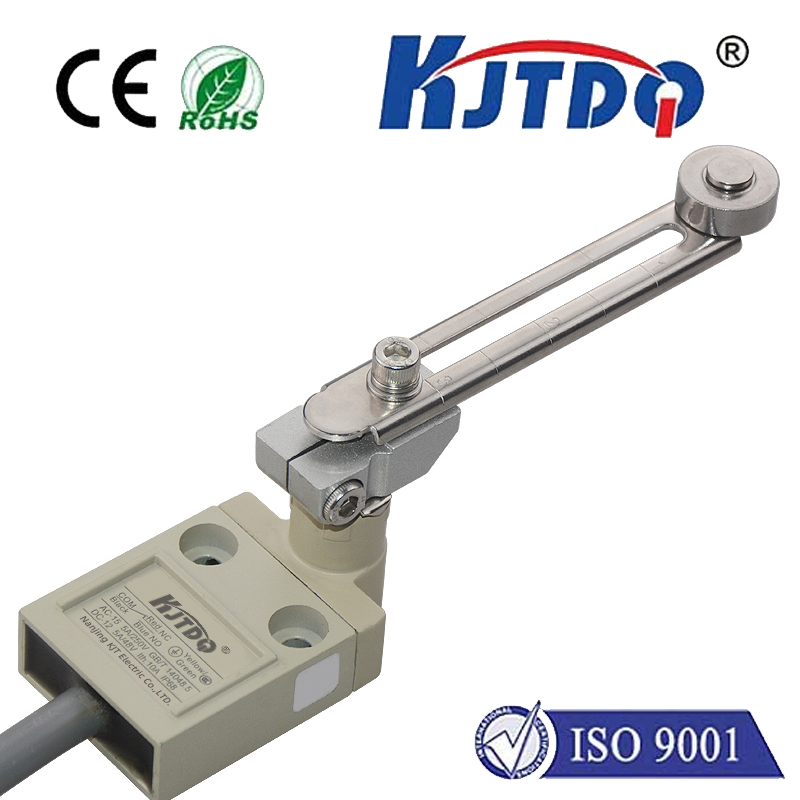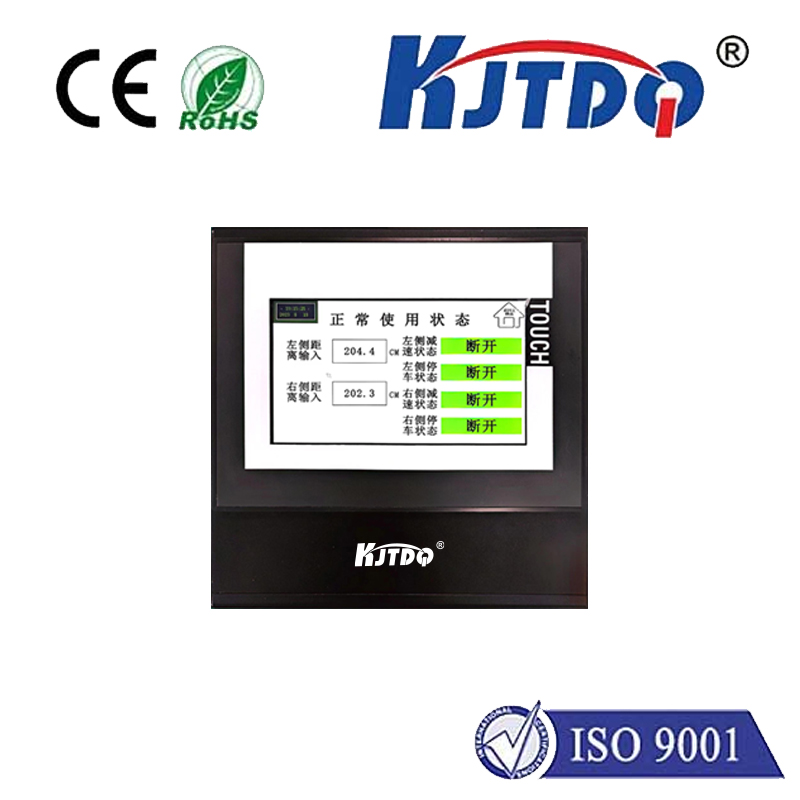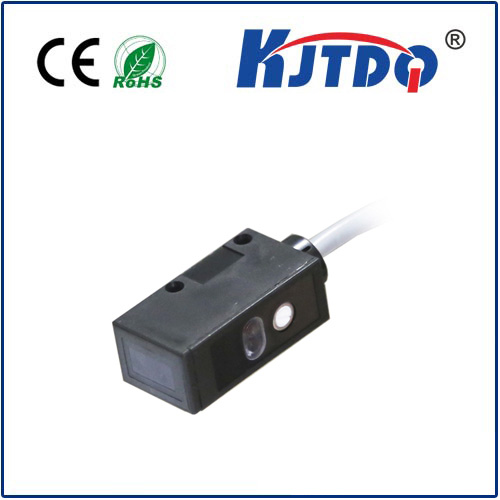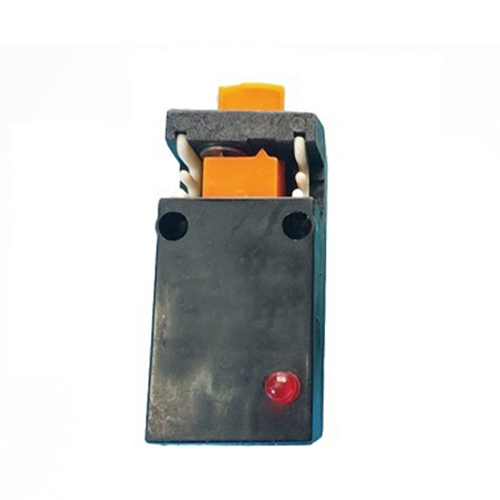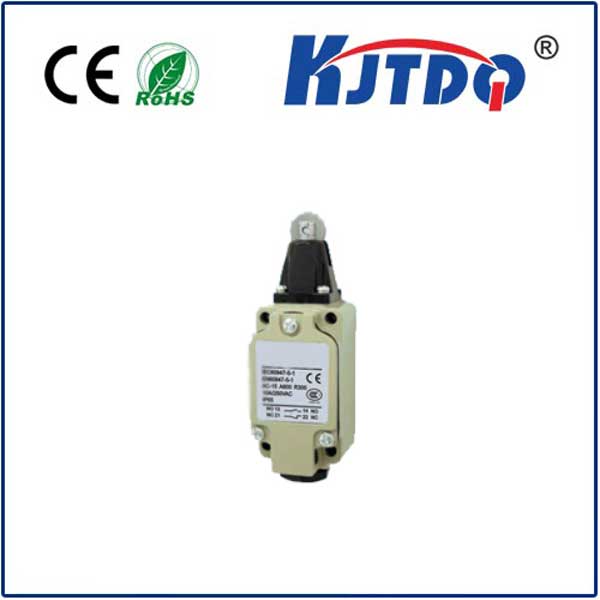E3Z-LR81 2M background suppression sensor
- time:2025-09-26 05:29:51
- Click:0
The E3Z-LR81 2M Sensor: Precision Detection Revolutionized by Background Suppression
Imagine a bustling manufacturing line where countless packages speed down a conveyor. Your automation system needs to detect only the boxes arriving at the palletizing station, ignoring the belt itself, rollers below, or machinery behind. Standard sensors might falter, triggering falsely on background objects or missing the target entirely. This is the exact challenge ingeniously solved by the E3Z-LR81 2M Background Suppression (BGS) sensor. This specialized photoelectric marvel offers reliable, long-range detection while effectively eliminating interference from objects beyond the designated sensing point. Understanding its background suppression technology is key to unlocking its power in complex industrial environments.
The Core Challenge: Cutting Through the Noise
Traditional diffuse reflective sensors, while common and simple, detect any object that reflects their emitted light back to the receiver. This becomes problematic when:
- Background Objects Exist: Look at machinery components, a secondary conveyor line, walls, or the floor situated behind the target you actually want to sense.
- Targets are Similar to Backgrounds: Sensing a dark object against a dark background, or a reflective object against another reflective surface becomes unreliable.
- Precise Detection Point is Critical: Applications demanding detection only at a specific distance (e.g., verifying object height, position on a conveyor, or presence at an exact point) need superior discrimination.
This is where background suppression (BGS) transcends basic diffuse reflection, offering a significant leap in precision.
Demystifying Background Suppression Technology

Unlike standard diffuse sensors that measure the amount of reflected light, the E3Z-LR81 2M BGS operates on a different principle: triangulation.
- The Emission: It emits a focused beam of light (usually visible red light for easy setup) from its emitter lens.
- Target Reflection: This beam strikes the target object at a specific location.
- The Receiver’s Angle: Crucially, the sensor’s receiver lens is positioned at a specific, calibrated angle relative to the emitter.
- Triangulation in Action: Light reflected from the target travels back to the receiver lens. The angle at which this reflected light enters the receiver lens changes dramatically based on the distance to the target.
- Position Sensing, Not Just Light: The sensor’s internal circuitry doesn’t just detect light intensity; it analyzes where the reflected light hits the receiver’s position-sensitive element (like a CCD line). This spot position directly corresponds to the target’s distance from the sensor.
- Background Suppression: Objects located beyond the desired sensing distance reflect light back at a different angle. This light hits the receiver element at a position indicating “too far,” causing the sensor to ignore it – effectively suppressing the background. Adjusting the sensor’s sensitivity or “teach point” sets the exact distance threshold where it triggers.
E3Z-LR81 2M: Key Features and Advantages
This specific model stands out with its impressive 2-meter sensing range, making it ideal for applications requiring longer reach than standard BGS sensors:
- Long-Range Background Suppression: The core strength. Reliable detection up to 2000mm while ignoring objects beyond this point or closer than the set detection distance. Perfect for detecting tall stacks, objects on wide conveyors, or targets further away within machinery.
- Stable Detection of Difficult Targets: Background suppression sensors like the E3Z-LR81 excel at sensing objects irrespective of their color, surface finish (matte, glossy), or material, within their effective range. It reliably detects black rubber tires, transparent bottles, or shiny metal parts where standard sensors struggle.
- Precise Distance-Based Triggering: The E3Z-LR81 allows operators to teach the exact point at which detection should occur. This is invaluable for applications like:
- Verifying the height of items on a conveyor to ensure consistency before packaging.
- Detecting the presence of product at a specific station on a long line.
- Sensing sag or slack in materials like webs or cables at a precise tension point.
- Ensuring robots pick parts from the correct height level in a bin.
- Simplified Setup: Visible red light beam enables intuitive alignment and teaching.
- Compact Design: Despite its long-range capability, the E3Z-LR81 maintains a compact form factor, facilitating easy integration into space-constrained applications.
- Robust Construction: Designed for demanding industrial environments, offering good resistance to ambient light interference (within specified limits) and standard industrial contaminants. This enhances reliability and reduces downtime.
Where Does the E3Z-LR81 2M BGS Sensor Shine?
This sensor’s unique capabilities make it indispensable across numerous industrial automation scenarios:
- Conveyor Systems: Detecting large boxes, pallets, or irregularly shaped items on wide conveyors, ignoring the conveyor structure below or machines beyond. Ensuring packages enter shrink tunnels only when properly positioned.
- Packaging Machinery: Verifying case flaps are folded correctly, detecting the presence of product inside trays or boxes before sealing, controlling stack height on palletizers.
- Material Handling: Monitoring stack height in automated storage and retrieval systems (AS/RS), detecting the presence of large bins or totes on AGVs (Automated Guided Vehicles), sensing sag in webs during unwinding/rewinding processes.
- Automotive Assembly: Detecting car bodies or large components at specific stations along assembly lines, verifying precise positioning before robot operations, sensing large tires or wheels.
- Logistics & Warehousing: Ensuring pallet jacks or forklifts are correctly positioned at loading bays, detecting large parcels on sorting lines.
- Food & Beverage: Detecting large sacks, crates, or barrels moving on processing lines, ignoring platforms or machinery behind.
Optimizing Performance with the E3Z-LR81
To maximize the effectiveness of your E3Z-LR81 2M background suppression sensor, consider these factors:
- Target Surface: While very tolerant, extremely dark or highly absorbing surfaces close to the maximum range might require careful setup or testing. Shiny, high-gloss surfaces pose minimal issue.
- Background Objects: Ensure any potential background objects are indeed beyond your desired sensing distance. Background suppression works best when the background is farther away than the target. If possible, position the sensor so the expected background is beyond the sensing range after your target is detected.
- Ambient Light: While designed to resist interference, avoid pointing the sensor directly at strong light sources like sunlight or high-intensity lamps.
- Sensing Distance Adjustment: Utilize the teaching function meticulously. Set the detection point exactly where needed. Many models offer potentiometers or push-button teach modes (
Teach-In). Proper teaching is paramount for achieving reliable background suppression.
- Mounting Stability: Ensure the sensor is securely mounted to prevent vibration or movement, which could affect the calibrated distance detection.
The Indispensable Tool for Industrial Precision
In the demanding world of modern industrial automation, achieving reliable, precise detection is non-negotiable. Standard sensors often stumble when faced with complex backgrounds or diverse targets. The E3Z-LR81 2M Background Suppression sensor emerges as a powerful solution, combining its significant long-range capability with the sophisticated intelligence of triangulation-based background suppression. **By






